Great Linford Manor Park
Overview:
Great Linford Manor Park is a unique site in Milton Keynes with a history stretching back to the Saxon times and with features such as the Water Gardens and Wilderness Garden dating from the 18th century. The park is owned by The Parks Trust which received National Lottery Heritage Funding to 'Reveal, Revive & Restore' the park, whilst also making it a more attractive and interesting place to visit.
Water Garden Works
- Pond draining and dredging
- Clearing works on a historic culvert
- Restoration of brick and stone cascade
Hard Landscaping and Construction
- Reinterpretation and construction of 18th Century folly
- Installation of Kompan play equipment
- Creation of new sinuous footpaths and creation of a boardwalk
- Installation of wayfinders and street furniture
Soft Landscaping and Planting
- Re-levelling using silt from on-site dredging
- Shrub, grass planting and seeding
The delivery of the project was completed on behalf of The Parks Trust:
Established as a charity in 1992, The Parks Trust expertly cares for over 6,000 acres of green space in Milton Keynes including river valleys, ancient woodlands, lakes, parks and landscaped areas along the city’s grid roads.
In addition to managing and developing local landscapes, the charity’s staff and volunteers also work hard to support local wildlife and biodiversity, provide valuable facilities for park users, deliver extensive education programmes and connect communities with events and activities.
In most towns and cities, parkland is owned by the local authority, but Milton Keynes’ founders were pioneers and decided to do things differently. Their vision was to create a new town where the parkland and landscapes would be protected forever by a charity that was separate from local government. Doing so would ensure that, as the new town grew, its green spaces would never be compromised or required to fight for funding.
The Parks Trust was given an endowment of commercial property when it was set up thirty years ago and returns on these investments generate the primary source of income required to fund its wide-ranging work.
As Milton Keynes grows, so does The Parks Trust. Each year, the charity takes on new green spaces and endowments from developers and ensures that all new areas of the city benefit from the same quality of inspiring, connected landscape.
 In 2023, the project received two BALI (British Association of Landscape Industries) awards for ‘Community and Schools Development’ and 'Nature Conservation & Biodiversity Enhancement'.
In 2023, the project received two BALI (British Association of Landscape Industries) awards for ‘Community and Schools Development’ and 'Nature Conservation & Biodiversity Enhancement'.
On the Community and Schools Development award, judges note a “very strong community engagement throughout the regeneration and restoration of this park”.
Commenting on the Nature Conservation & Biodiversity Enhancement award, judges commented that the works were “excellent with good visible results” and it was “evident by the increase in biodiversity”.
Scope of Works:
To achieve the aims of the Parks Trust, the project undertook a range of different works to:
- Reveal and restore the historical elements of the park with pond improvements, historical reinterpretations, and a series of soft landscaping to open the park to the public.
- Revive areas of the park and improve accessibility with the installation of a new playpark, creative schemes to explore the park, and significant upgrades to infrastructure.
'Reveal' and 'Restore'
Prior to works commencing, many of the park's historic features were showing signs of age, had been damaged, or were lost amongst vegetation. Works to reveal and restore the park focused on the historical areas of The Quarry, The Wilderness, Doric Seat, and ornamental pools in The Water Gardens which had become full of silt and debris.
Restoration of The Quarry, The Wilderness, and Doric Seat
Works on the Quarry involved soft landscaping with new grass planted, alongside clearing works to create greater access. The area has now been incorporated safely into the park's new way-finder system with information provided to the visitors about the space. Areas within the Quarry were also re-levelled using silt from the dredging work at the Water Gardens and new seed lay. Within 3 weeks new green and fertile grass had grown, demonstrating the value of reusing this natural product.
The Wilderness is another key space within the park as a peaceful wooded space for visitors. This area was made more accessible with the installation of new sinuous footpaths, a boardwalk over the roots of a veteran Lime Tree, and made more appealing with the planting of new trees and shrubs inspired by 18th-century soft landscaping schemes.
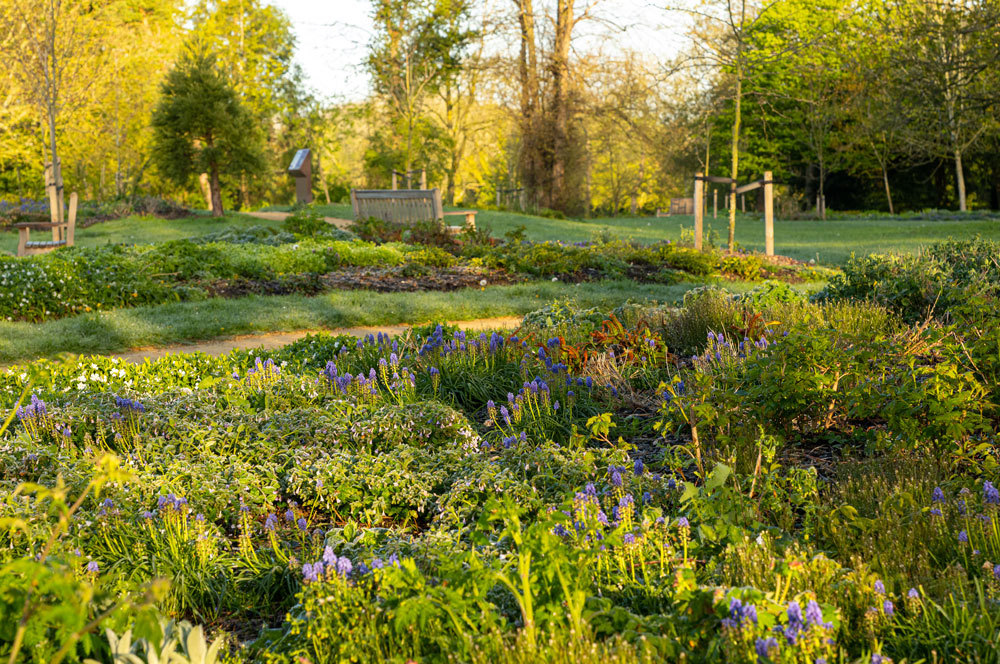
Doric Seat was an 18th Century folly that was vandalised and destroyed in the 1970s. The works included a reinterpretation of this structure creating a low brick wall with limestone caps and a metal structure evoking the original building. The Parks Trust's aim is to encourage visitors to use Doric Seat as a host location for historical and community talks.
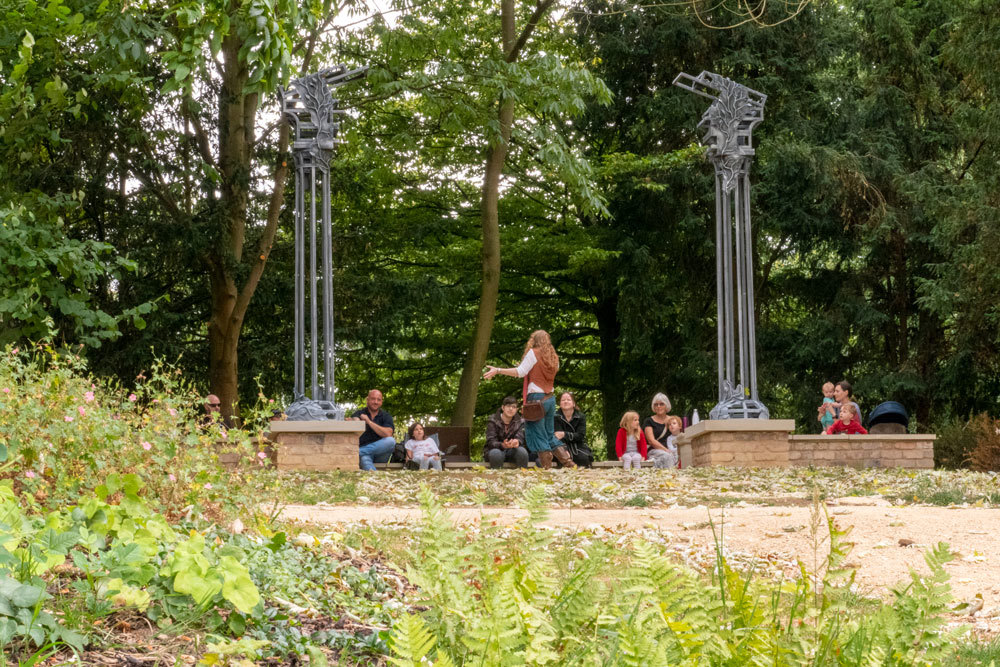
The Water Gardens
As a key focal point of the park, the Water Gardens were transformed into a space for people and nature.
The water was drained and the ponds were dredged, allowing them to be restored to an appropriate depth. To ensure future water quality and flow, the next phase worked closely with a hydrological engineer to reroute water from a natural spring, which is hidden within the ground, via a bespoke stone springhead into the watercourse at Round Pond.
Within the series of pools, Round Pond then feeds Canal Pond, the next pool downstream in the water gardens. To ensure a safe and regulated flow to this pond, a historic culvert was cleared, and a new weir was created to channel overflow water underneath the canal.
The final works in this area restored the water flow to a historical pond and reinstated a brick and stone cascade.

Footpath works have improved accessibility in the Water Gardens which has seen an increase of visitors in the area. However, it has also seen a greater use by nature. In 2022, frog and toad spawn were identified in the ponds for the first time in many years, along with a report of otters moving between the ponds and canal. A later report in 2023 also showed the presence of pond snails, dragonflies, and a variety of additional species.
'Revive'
It was important to The Parks Trust to create access to different areas, whilst providing new opportunities for people to explore and visit. This was achieved with the installation of a new play park, the creation of the Alphabet Trail, and a series of improvements to footpaths.
The revival of the park engaged volunteers from the Parks Trust and the local community.
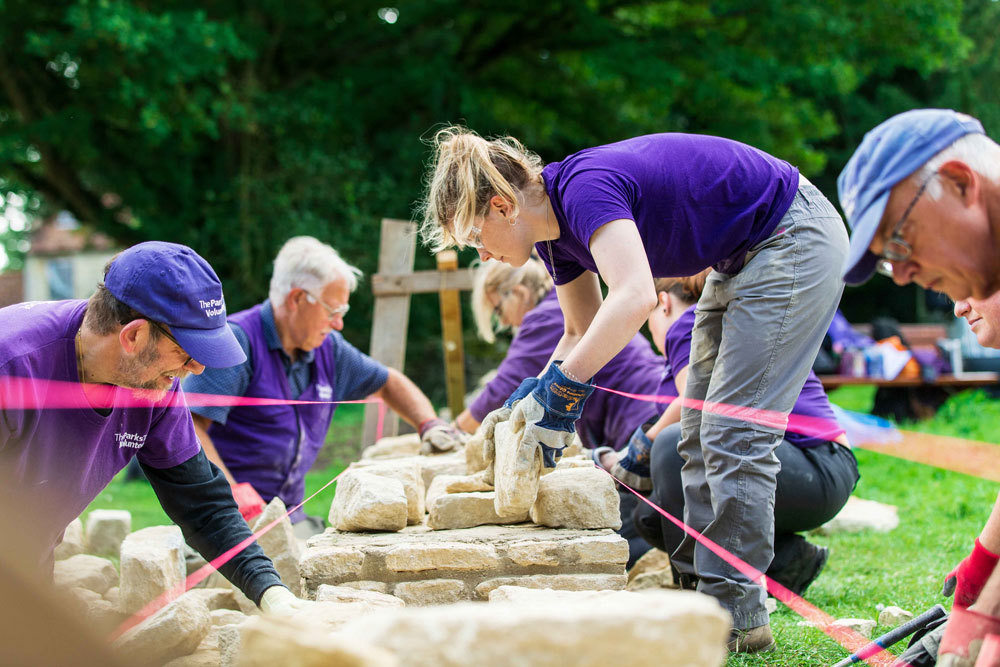
A New Playpark
To increase the appeal of the park to families with young children, a playpark featuring a variety of play elements was installed. The Kompan play equipment included a log pyramid to encourage risk and adventure play in younger children, whilst specific equipment was also included for both toddlers and older children.
This surrounding area was lined with new trees and fencing to create a secure barrier to reassure parents using the playground. This consideration for fencing and barriers had been previously explored by Senior Landscape Architect, Tamae Isomura, in ‘Landscape’, the journal of the Landscape Institute.
The Alphabet Trail
Working closely with The Parks Trust, who created an activity booklet to correspond with the trail, lettered plaques were attached to street furniture and features throughout the park. Each letter is aligned with a story, fact, or activity that tells the story of the park's nature and history.
The aim of the trail is to encourage people to make full use of the site, whilst providing an opportunity for people to learn more about the park.
Footpath Improvements
To ensure the park was accessible to different users, paths were widened and resurfaced with a self-binding Breedon gravel surface that was chosen to complement the limestone aesthetics of the historic buildings within the park. The footpath network was also extended to give greater access to some of the underutilised historic spaces.
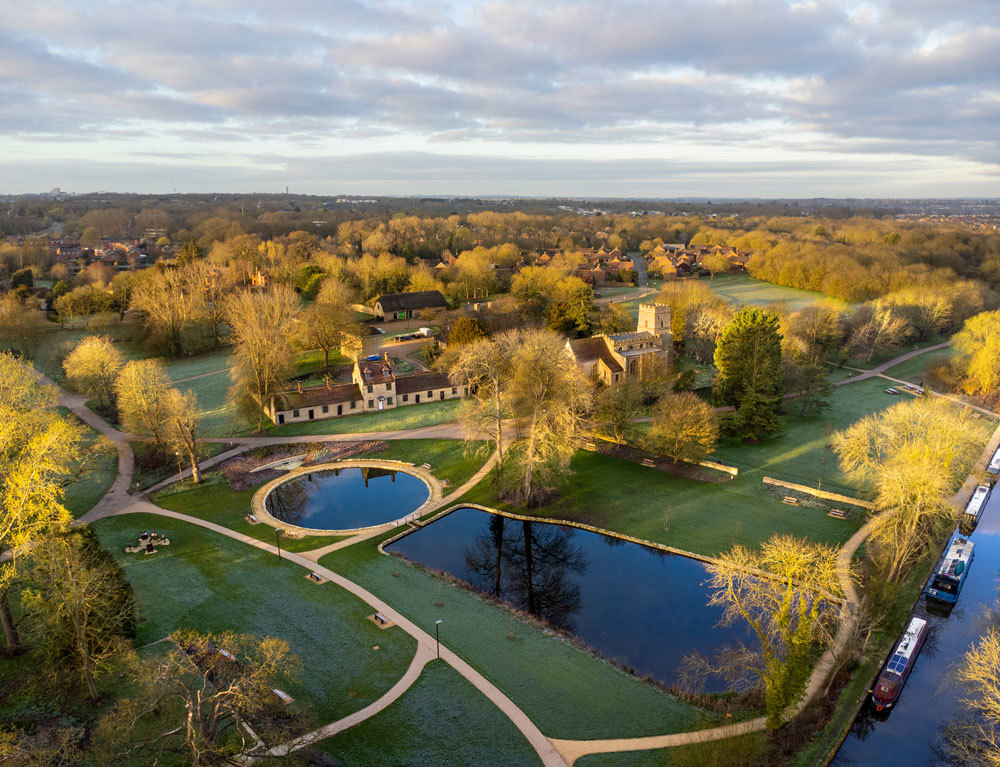
Additional Works
Improvement works were undertaken on the Memorial Hall Car Park, with consideration made to ensure all car park works were completed ahead of peak season. These included removing and upgrading the existing surface, a reconfiguration of the layout to create additional parking spaces, and creating a rank of accessible parking spaces.
Upgrades at the Memorial Hall Car Park also involved protecting existing mature trees with a raised planting bed created using local sandstone. This importantly used a no-dig method to avoid interfering with the trees.
Restoration works were also undertaken on the gates and metalwork at the High Street entrance to create a positive experience entering the park.
Construction

Royal Botanic Gardens Kew
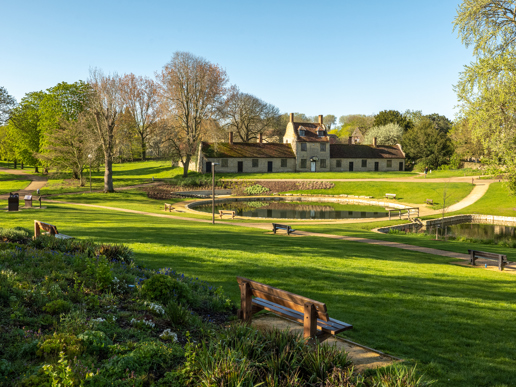
A record year for BALI Awards at Ground Control




